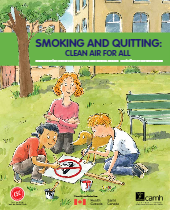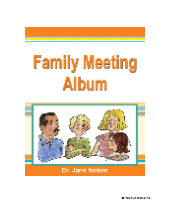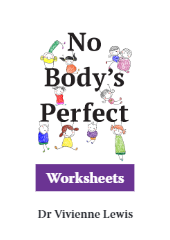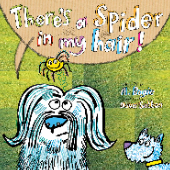
“Caring for Kids after Trauma, Disaster and Death” is an invaluable guide for parents and professionals seeking to support children in the aftermath of traumatic events. This comprehensive resource provides essential information and practical guidance on understanding and responding to children’s reactions to disasters, trauma, and the loss of a loved one.
The guide is divided into six sections, covering a wide range of topics. It explores children’s reactions to trauma and identifies risk factors associated with traumatic events. It offers guidelines for schools and families, providing steps and strategies to support children in coping with the emotional challenges they may face.
The guide also delves into resilience in children, emphasising the importance of fostering resilience and providing practical tips for parents and professionals. It addresses bereavement reactions and offers guidance on helping children cope with loss, including advice on anniversaries, memorials, and special occasions.
The section on seeking help provides valuable insights into recognising when children may need professional support and offers information on common mental health problems such as PTSD, anxiety disorders, and depression. The guide includes details on available treatments and interventions.
Finally, the practical guide for parents and professionals offers advice on providing for families after trauma or death, advocating for necessary resources, and securing important documents.
With its comprehensive coverage and practical advice, “Caring for Kids after Trauma, Disaster and Death” is an indispensable resource for those working with children affected by traumatic events.
FREE PDF DOWNLOAD OF CARING FOR KIDS AFTER TRAUMA, DISASTER AND DEATH: A GUIDE FOR PARENTS & PROFESSIONALS








